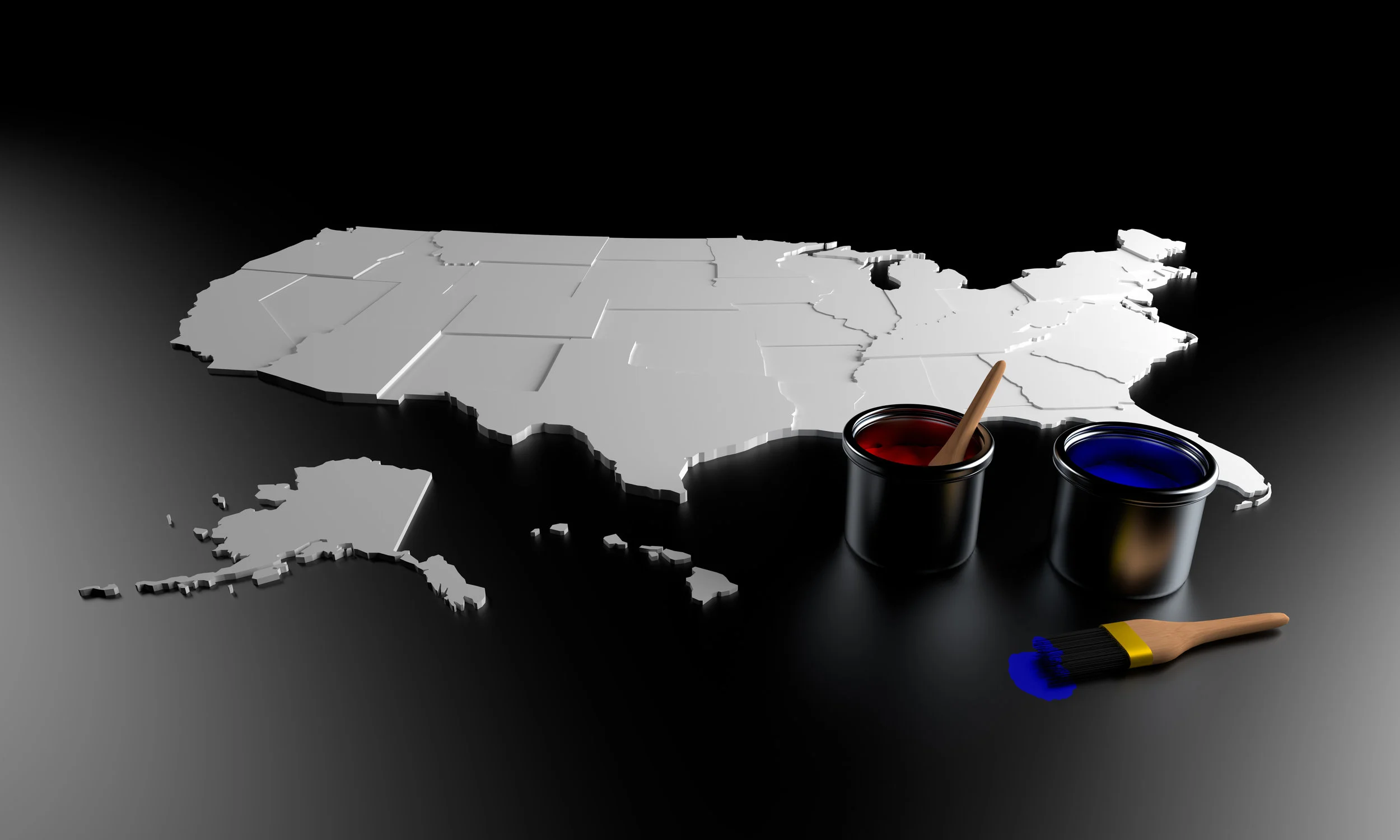In an excellent piece in the New York Times, Jamelle Bouie explains that the Electoral College has almost never worked as it was intended, and states the case for making a change:
The history of the Electoral College from [1800 on] is of Americans working around the institution, grafting majoritarian norms and procedures onto the political process and hoping, every four years, for a sensible outcome. And on an almost regular schedule, it has done just the opposite.
…
Americans worried about disadvantaging small states and rural areas in presidential elections should consider how our current system gives presidential candidates few reasons to campaign in states where the outcome is a foregone conclusion. For example, more people live in rural counties in California, New York and Illinois that are solidly red than live in Wyoming, Montana, Alaska and the Dakotas, which haven’t voted for a Democratic presidential candidate in decades. In a national contest for votes, Republicans have every reason to mobilize and build turnout in these areas. But in a fight for states, these rural minorities are irrelevant. The same is true of blue cities in red states, where Democratic votes are essentially wasted.
Candidates would campaign everywhere they might win votes, the way politicians already do in statewide races. Political parties would seek out supporters regardless of region. A Republican might seek votes in New England (more than a million Massachusetts voters backed Donald Trump in 2016) while a Democrat might do the same in the Deep South (twice as many people voted for Hillary Clinton in Louisiana as in New Mexico). This, in turn, might give nonvoters a reason to care about the process since in a truly national election, votes count.

